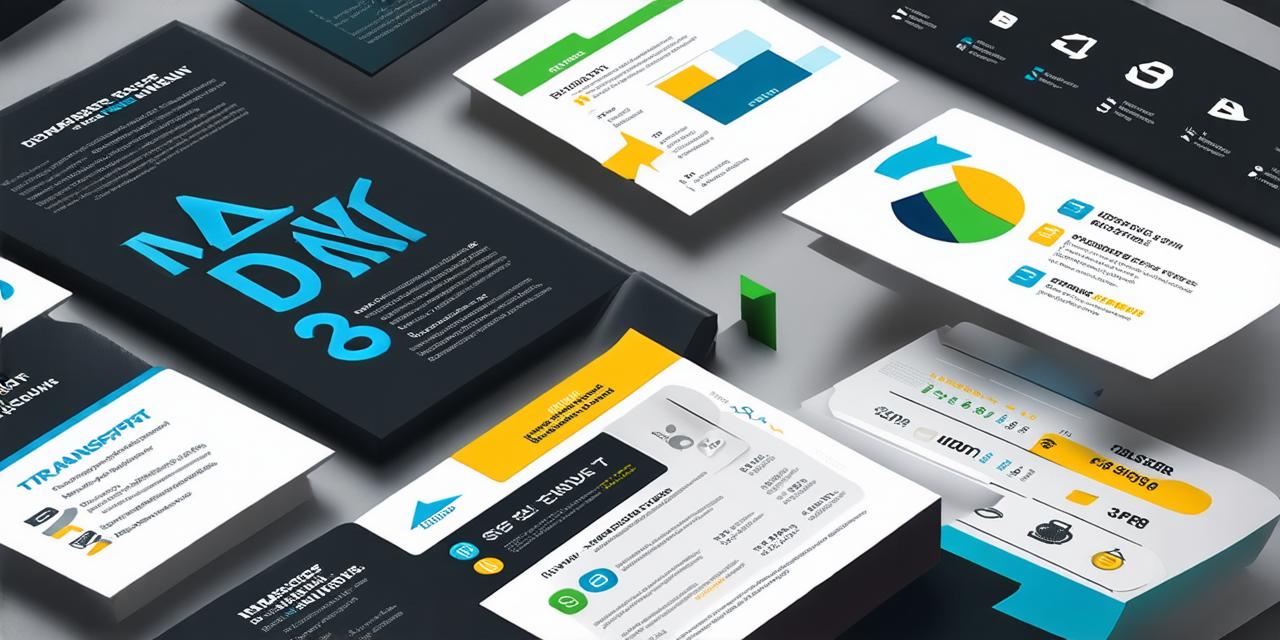<p></p>
<h2>Transferring Cryptocurrencies</h2>
<p>One of the most popular ways of transferring from blockchain to bank account is by using cryptocurrency exchanges. Cryptocurrency exchanges allow users to buy, sell, and trade cryptocurrencies for other cryptocurrencies or fiat currencies. There are several types of cryptocurrency exchanges, including centralized exchanges and decentralized exchanges (DEXs).</p>
<h3>Centralized Exchanges</h3>
<p>Centralized exchanges are run by a single entity and require users to verify their identity before they can start trading. They offer more liquidity and higher trading volumes but come with the risk of hacking and security breaches. Some popular centralized exchanges include Coinbase, Binance, and Kraken.</p>
<h3>Decentralized Exchanges (DEXs)</h3>
<p>Decentralized exchanges (DEXs) are run by a network of computers and do not require users to verify their identity. They offer more privacy and security but come with the risk of slower transaction times and lower liquidity. Some popular DEXs include Uniswap, Sushiswap, and 0x.</p>
<h2>Transferring Stablecoins</h2>
<p>Stablecoins are cryptocurrencies that are pegged to a stable asset, such as the US dollar. They are designed to provide price stability and reduce the volatility associated with traditional cryptocurrencies. One of the most popular stablecoins is Tether (USDT), which is pegged to the US dollar.</p>
<h3>Converting Stablecoins into Fiat Currencies</h3>
<p>To transfer from blockchain to bank account using stablecoins, users need to convert their stablecoins into fiat currencies through a cryptocurrency exchange that supports stablecoins. Users can then withdraw the fiat currencies into their bank accounts. It is important to note that not all stablecoins are created equal, and some may have higher transaction fees or slower transaction times than others.</p>
<h2>Transferring NFTs</h2>
<p>Non-fungible tokens (NFTs) are digital assets that are unique and cannot be replaced by other assets. They have gained popularity in recent years due to their use in the art world and collectibles market. To transfer from blockchain to bank account using NFTs, users need to find a platform that supports the sale and purchase of NFTs and connect their blockchain wallet to the platform.</p>
<h3>Purchasing NFTs Using Fiat Currencies or Cryptocurrencies</h3>
<p>Once connected, users can browse through the available NFTs and make a purchase using fiat currencies or cryptocurrencies. The purchased NFT will be transferred to the user's blockchain wallet, and they can then withdraw the fiat currencies into their bank accounts. It is important to note that not all NFTs are created equal, and some may have higher transaction fees or slower transaction times than others.</p>
<h2>Transferring Block Rewards</h2>
<p>Block rewards are a reward given to miners for validating transactions on the blockchain. These rewards can be in the form of cryptocurrencies or other digital assets. To transfer from blockchain to bank account using block rewards, users need to have access to their private keys and wallets.</p>
<h3>Converting Block Rewards into Fiat Currencies</h3>
<p>Once users have access to their private keys and wallets, they can transfer their block rewards into a cryptocurrency exchange that supports the specific cryptocurrency they have received as a reward. Users can then convert the cryptocurrency into fiat currencies and withdraw it into their bank accounts. It is important to note that not all blockchain networks offer block rewards, and some may have different rules for distributing rewards.</p>
<h2>Pros and Cons of Transferring from Blockchain to Bank Account</h2>
<p>Transferring from blockchain to bank account has its pros and cons. One of the main advantages is that it provides users with access to their digital assets in a more familiar and traditional form, such as fiat currencies. It also allows users to withdraw their digital assets into their bank accounts, which can be used for everyday purchases.</p>
<h3>Pros</h3>
<ul>
<li>Provides access to digital assets in a more familiar and traditional form (fiat currencies)</li>
<li>Allows users to withdraw their digital assets into their bank accounts, which can be used for everyday purchases</li>
</ul>
<h3>Cons</h3>
<ul>
<li>Can come with higher transaction fees</li>
<li>Can have slower transaction times</li>
<li>Security risks, particularly when using centralized exchanges</li>
<li>Not all cryptocurrencies or digital assets are easily convertible into fiat currencies, which can limit their usability</li>
</ul>
<h2>FAQs</h2>
<p>Here are the answers to some frequently asked questions:</p>
<h3>1. What is the difference between centralized and decentralized exchanges?</h3>
<p>Centralized exchanges are run by a single entity and require users to verify their identity before they can start trading. Decentralized exchanges (DEXs) are run by a network of computers and do not require users to verify their identity.</p>
<h3>2. What is the difference between stablecoins and traditional cryptocurrencies?</h3>
Stablecoins are cryptocurrencies that are pegged to a stable asset, such as the US dollar, and are designed to provide price stability. Traditional cryptocurrencies, on the other hand, have a higher degree of volatility due to their decentralized nature.
<h3>3. What is the difference between block rewards and mining?</h3>
<p>Block rewards are rewards given to miners for validating transactions on the blockchain. Mining, on the other hand, is the process of validating transactions and adding them to the blockchain in exchange for newly minted cryptocurrency.</p>
<h3>4. What are the risks associated with transferring from blockchain to bank account?</h3>
<p>Transferring from blockchain to bank account can come with higher transaction fees, slower transaction times, and security risks, particularly when using centralized exchanges. Additionally, not all cryptocurrencies or digital assets are easily convertible into fiat currencies, which can limit their usability.</p>
<h3>Summary</h3>
Transferring from blockchain to bank account is a common requirement for many blockchain users. By understanding the different methods available and their pros and cons, users can make an informed decision on how to transfer their digital assets into fiat currencies. As with any financial transaction, it is important to be cautious and only use reputable platforms and exchanges. With the right knowledge and tools, transferring from blockchain to bank account can be a smooth and hass